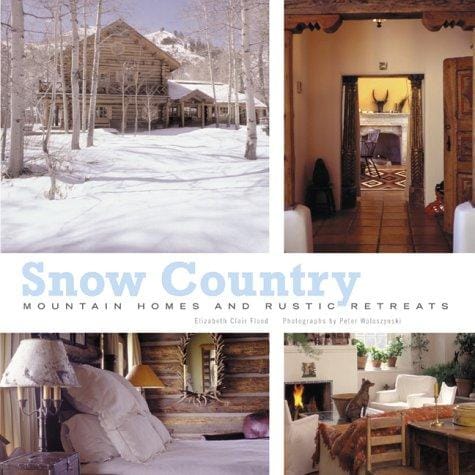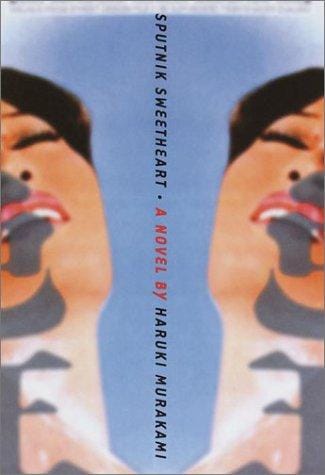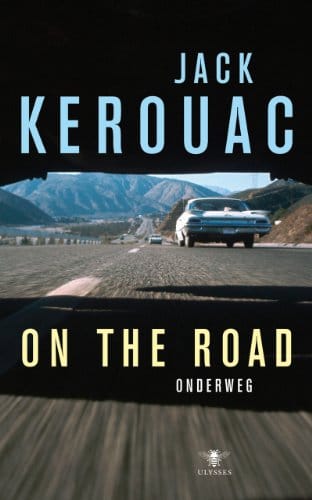Snow Country: A Literary Journey and Travel Guide to Japan’s Winter Realm
Explore Japan’s Snow Country—its deep powder, hot springs, and Kawabata’s classic novel—in this concise 800-word guide.

Introduction: What Is “Snow Country”?
In Japan, the phrase “Snow Country” (Yukiguni) conjures images of remote mountain valleys draped in thick, powdery snow, soothing hot-spring baths, and the haunting beauty captured by Nobel Prize–winning author Yasunari Kawabata. Whether you are a literature lover tracing the footsteps of a fictional geisha or an adventure seeker chasing pristine slopes, Snow Country offers an unforgettable blend of culture, nature, and history. This 800-word guide unwraps the layers of Snow Country, from its rugged climate to its place in global literature, while sharing practical tips for travelers planning a winter escape.
The Geography and Climate of Snow Country
Snow Country generally refers to the mountainous region straddling Niigata, Nagano, and Gunma Prefectures along Japan’s western coast. Thanks to frigid Siberian winds gathering moisture over the Sea of Japan, the area receives some of the heaviest snowfall on the planet—often exceeding eight meters in a single season. Villages sit tucked in deep valleys where snow walls rise higher than the roofs, and narrow roads vanish under blankets of white. This harsh environment has shaped local architecture, food preservation techniques, and a stoic, resourceful way of life that fascinates visitors year after year.
Cultural Significance: Snow as a Way of Life
In Snow Country, winter is not merely a season; it is a cultural force. Residents developed multi-story “snow houses” with elevated entrances so families could step directly onto packed drifts. Traditional dishes such as nozawana pickles and fermented miso rely on the cold for preservation and flavor. Festivals celebrate both hardship and beauty: Kamakura Snow Hut festivals illuminate tiny igloos with candles, while the Tokamachi Snow Festival turns giant snow sculptures into temporary art galleries. By embracing snow rather than resisting it, communities forged identities built around resilience and creativity.
Literary Legacy: Kawabata’s Masterpiece
Yasunari Kawabata’s 1947 novel “Snow Country” elevated the region from provincial backwater to worldwide symbol of transient beauty. The story follows wealthy Tokyo intellectual Shimamura, who becomes entangled with Komako, a local geisha, amid the snow-choked landscape of Yuzawa. Kawabata’s prose, spare yet lyrical, mirrors the silences of winter and the emotional distance between his characters. Themes of unfulfilled longing, modernity versus tradition, and nature’s indifference resonate far beyond Japan’s borders. Reading the novel before visiting deepens one’s appreciation for the tactile details—glittering snowflakes, glassy rice-wine bottles, echoing hot-spring corridors—that still color the region today.
Where to Relive the Novel
The onsen town of Echigo-Yuzawa serves as the real-world stage for much of Kawabata’s narrative. The preserved Snow Country Museum displays first editions, manuscripts, and props inspired by the book. Nearby, Takahan Ryokan claims to be the author’s writing retreat; its Room 18 overlooks the valley that stirred his imagination. Literary pilgrims can sip locally brewed sake while gazing at the same slopes Kawabata immortalized, forging a living dialogue between fiction and reality.
Planning Your Trip: Best Time to Visit
Although Snow Country charms year-round, late December through early March delivers the quintessential experience. Powder hounds flock to resorts like Naeba, Myoko Kogen, and Nozawa Onsen, where dry, fluffy snow rivals that of Colorado or the Alps. Early spring brings “hara-yuki,” or belly snow, whose compact layers invite back-country tours and snowshoe treks along beech forests. Summer unveils lush alpine meadows dotted with wildflowers, while autumn paints mountainsides fiery red, providing four distinct faces of beauty for repeat visitors.
Top Activities and Experiences
Skiing and Snowboarding
With over a dozen interconnected resorts, the Snow Country ski area offers everything from gentle beginner slopes to double-black runs plunging through tree glades. Night skiing under floodlit flakes at Naeba feels like floating inside a snow globe, and shared lift passes let you explore multiple mountains on one ticket.
Hot-Spring Bathing
Few pleasures compare to soaking in a steaming rotenburo (open-air bath) as snowflakes melt on your eyelashes. Nozawa Onsen’s thirteen free public baths, each with unique mineral compositions, provide an authentic communal ritual dating back centuries.
Culinary Delights
Warm up with a bowl of hearty butajiru pork miso soup or try “hegi soba,” buckwheat noodles bound with seaweed for extra chew. Pair local sake—refined by cold brewing techniques—with crispy tempura mountain vegetables known as sansai.
Traditional Handicrafts
Snow Country artisans weave indigo-dyed Echigo-jofu linen and carve intricate cedar snow shoes. Workshops in Tokamachi allow travelers to craft their own miniature “kamakura” lanterns, perfect souvenirs that capture the region’s snowy soul.
Essential Travel Tips
Snow Country is only 70–90 minutes from Tokyo via the Joetsu Shinkansen, yet weather can disrupt local trains and buses, so build buffer time into your itinerary. Dress in moisture-wicking layers, waterproof outer shells, and insulated boots with good traction. Many rural ryokan accept credit cards but still favor cash on arrival; ATMs can be scarce after heavy storms. Lastly, respect onsen etiquette: rinse thoroughly before entering, keep towels out of the water, and minimize conversation to preserve the meditative atmosphere.
Conclusion: Why Snow Country Matters
Snow Country is more than a postcard of powdery slopes; it is a living chronicle where geography, culture, and literature converge. The same snow that inspired Kawabata’s melancholic masterpiece continues to shape local customs and captivate modern travelers. Whether you arrive clutching a dog-eared copy of the novel or a pair of waxed skis, Snow Country invites you to pause, listen to the hush of falling snow, and discover beauty in impermanence.



